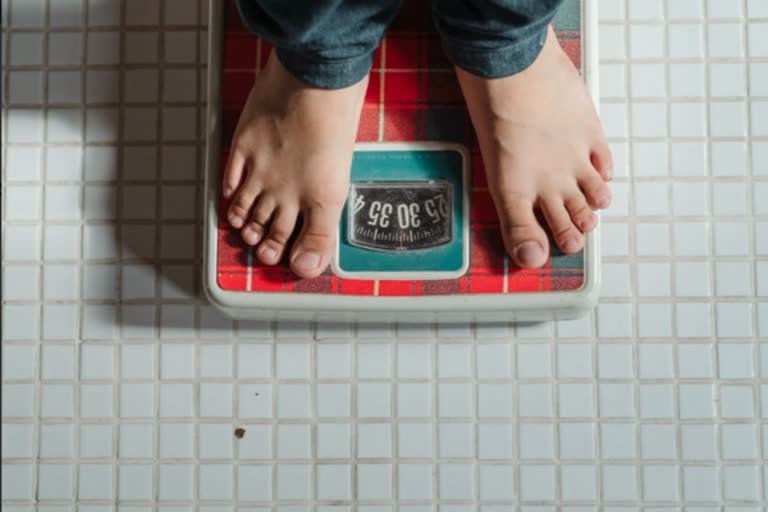Washington [US]: According to a study published in The Journal of Bone & Joint Surgery, long-term outcomes for patients with higher BMI receiving Unicompartmental or "partial" Knee Replacement (UKR) are enhanced when the implant is implanted using a cementless rather than cemented approach.
In these higher-BMI patients, 10-year rates of revision surgery are lower with cementless compared with cemented UKR, according to the new research. The lead author is Hasan R. Mohammad, MBChB, MRCS, MRes (Dist), DPhil (Oxon), of University of Oxford. As BMI increases in the population, what's the effect on UKR outcomes?
In UKR, just one of three compartments of the knee - the medial compartment - is replaced with a prosthesis. Because the UKR technique preserves most of the normal knee anatomy, it has some advantages over the more common total knee replacement. However, patients undergoing UKR appear to have a higher rate of repeat or revision surgery.
The increasing proportion of patients with higher BMI in need of knee replacement is "a pressing challenge for orthopaedic surgeons," according to the authors. There are conflicting data on how BMI affects the outcomes of UKR, which can be performed using either cemented or cementless techniques. This new study assessed how BMI affects the long-term outcomes of both UKR techniques.
The study compared two matched groups of 5,220 patients undergoing UKR from 2004 through 2018. The unicompartmental implants were placed using a cementless technique in one group of patients and a cemented technique in the other group. All procedures were performed using cemented or cementless versions of the same type of implant (the Oxford mobile bearing UKR).
Also read: Over 10 million older adults in India likely have dementia: AI study
Patients were classified into three BMI groups, based on body weight and height: 18.5 to <25 kg/m2, 25 to <30 kg/m2, and 30 kg/m2 or higher. Ten-year follow-up outcomes were compared for cemented and cementless UKR across BMI groups. The study focused on the rate of revision surgery, defined as any additional surgery in the operative knee following UKR.
The overall 10-year implant survival rate was 90.1% for cemented and 92.8% for cementless UKR. For patients undergoing cemented UKR, the revision rate increased with BMI. The rate of revisions per 100 component years was 0.92 in patients with BMI of 18.5 to <25, compared to 1.15 in the BMI 25 to <30 group and 1.31 in the BMI 30 or higher group.
'Cementless fixation may be preferable' in patients with higher BMI: "However, this was not observed for the cementless UKR," Dr. Mohammad and colleagues write. The revision rate was 1.09 in the BMI 18.5 to <25 group, compared with 0.70 in the BMI 25 to <30 group and 0.96 in the BMI 30 and higher group.
In the BMI 18.5 to <25 group, the 10-year implant survival rate was about the same for cemented (93.8%) and cementless (94.3%) UKR. But in the higher-BMI groups, implant survival rates were greater for the cementless compared with cemented technique, with rates of 88.5% versus 93.8% in the BMI 25 to <30 group and 90.7% versus 91.8% in the BMI 30 and higher group. The difference was mainly related to reduced rates or revision for aseptic implant loosening and pain with cementless UKR in the highest BMI group. Medical and surgical complication rates were similar between the two techniques.
Overall, the revision risk for cementless UKR was about 40% lower in the BMI 25 to <30 group and 25% lower in the BMI 30 and higher group, compared to the BMI 18.5 to <25 group. Especially with rising rates of higher BMIs in the population, Dr Mohammad and coauthors write, "[C]ementless fixation may be preferable to cemented fixation in [higher-BMI] patients." (ANI)



